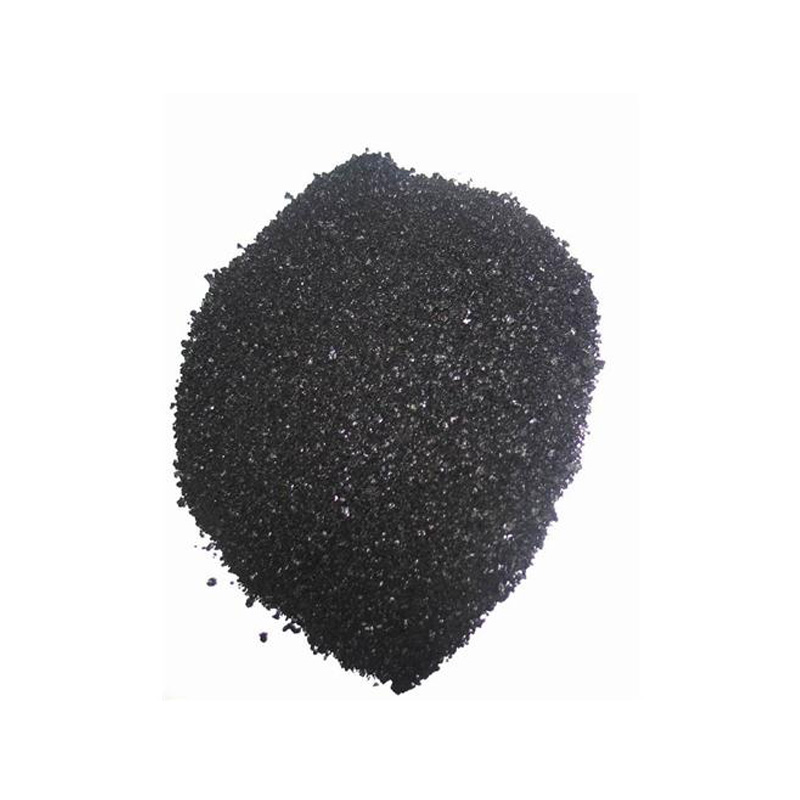light indigo color company


Beyond aesthetics, the sustainability aspect of indigo dyed fabrics cannot be overlooked. Unlike synthetic dyes, natural indigo is biodegradable and non-toxic, reducing harm to the environment and promoting eco-friendly textile production. The process of cultivating indigo plants also encourages sustainable agricultural practices, such as crop rotation and organic farming, which contribute to maintaining healthy ecosystems. Additionally, natural indigo dyeing typically requires less energy and water than synthetic alternatives, making it an environmentally conscious choice. For businesses, incorporating indigo dyed fabrics into their product lines provides not only an opportunity to support sustainable practices but also a strategic marketing advantage. Consumers are increasingly drawn to brands that demonstrably care for the environment and support traditional craftspeople. By showcasing indigo dyed products, companies can appeal to this demographic, aligning their brand identity with values of sustainability, heritage, and quality craftsmanship. Indigo dyed fabric is also celebrated for its durability and timeless style, which adds to its overall value proposition. The indigo dye bonds robustly with fibers, ensuring long-lasting color that does not easily fade, even with frequent washing. This durability ensures the longevity of garments and extends their life cycle compared to less resilient alternatives. Stylish yet everlasting, indigo dyed garments easily fit into any wardrobe, from casual wear to high fashion, making them a versatile asset for any collection. In conclusion, indigo dyed fabric represents an exceptional intersection of beauty, heritage, and sustainability. With every step of its creation rooted in ecological awareness and traditional authenticity, indigo dyed textiles offer more than just visual appeal— they tell a story of timeless elegance and responsible luxury. As the global demand for sustainable products continues to rise, indigo dyed fabrics are well-positioned to be at the forefront of this movement. To stay ahead in the competitive fashion industry, embracing indigo dyed fabrics is not only a nod to culture and history but also an investment in the future of sustainable fashion.
-
Thermal Stability Analysis of Bromo Indigo Pigments
NewsJun.06,2025
-
Sulphur Black Dye Oxidation Process Optimization
NewsJun.06,2025
-
Lightfastness Testing of Bromo Indigo Dyed Denim
NewsJun.06,2025
-
Granule Size Distribution and Jeans Color Uniformity
NewsJun.06,2025
-
Gradient Dyeing Methods with Indigo Blue Granules
NewsJun.06,2025
-
Dyeing Temperature Effects on Sulphur Black Color Fastness
NewsJun.06,2025
-
Sulphur Black Dyes in Daily Use
NewsMay.07,2025

Sulphur Black
1.Name: sulphur black; Sulfur Black; Sulphur Black 1;
2.Structure formula:
3.Molecule formula: C6H4N2O5
4.CAS No.: 1326-82-5
5.HS code: 32041911
6.Product specification:Appearance:black phosphorus flakes; black liquid

Bromo Indigo; Vat Bromo-Indigo; C.I.Vat Blue 5
1.Name: Bromo indigo; Vat bromo-indigo; C.I.Vat blue 5;
2.Structure formula:
3.Molecule formula: C16H6Br4N2O2
4.CAS No.: 2475-31-2
5.HS code: 3204151000 6.Major usage and instruction: Be mainly used to dye cotton fabrics.

Indigo Blue Vat Blue
1.Name: indigo blue,vat blue 1,
2.Structure formula:
3.Molecule formula: C16H10N2O2
4.. CAS No.: 482-89-3
5.Molecule weight: 262.62
6.HS code: 3204151000
7.Major usage and instruction: Be mainly used to dye cotton fabrics.

